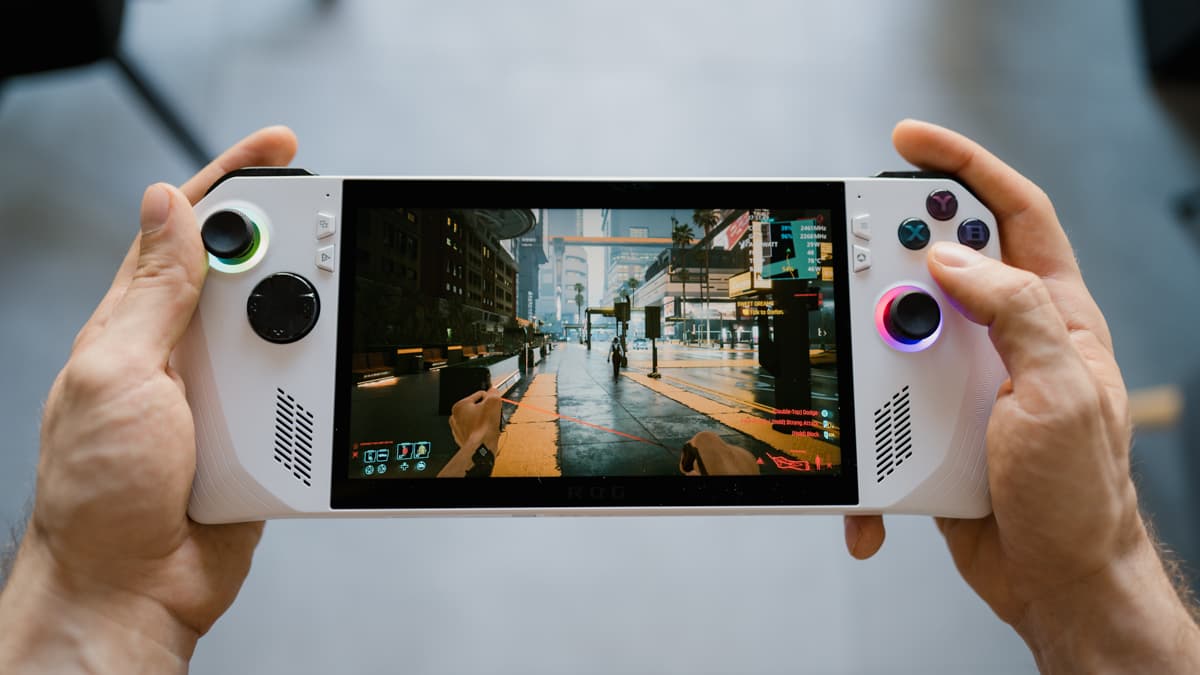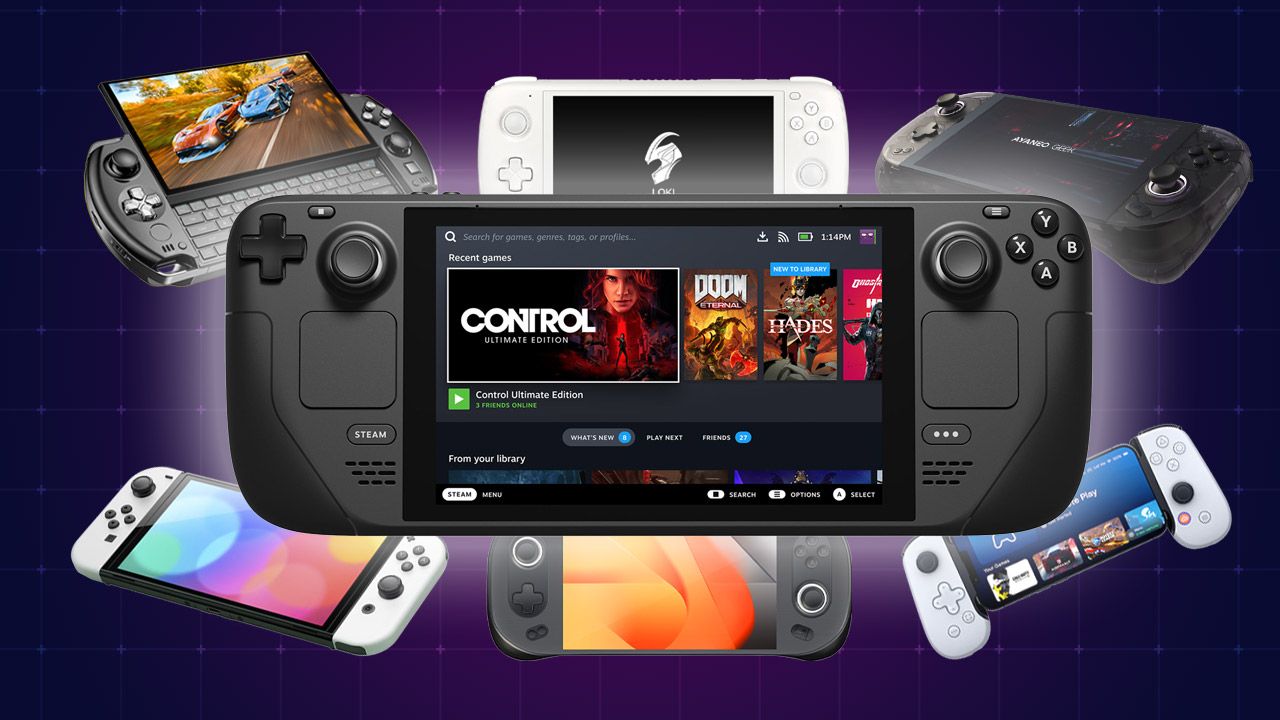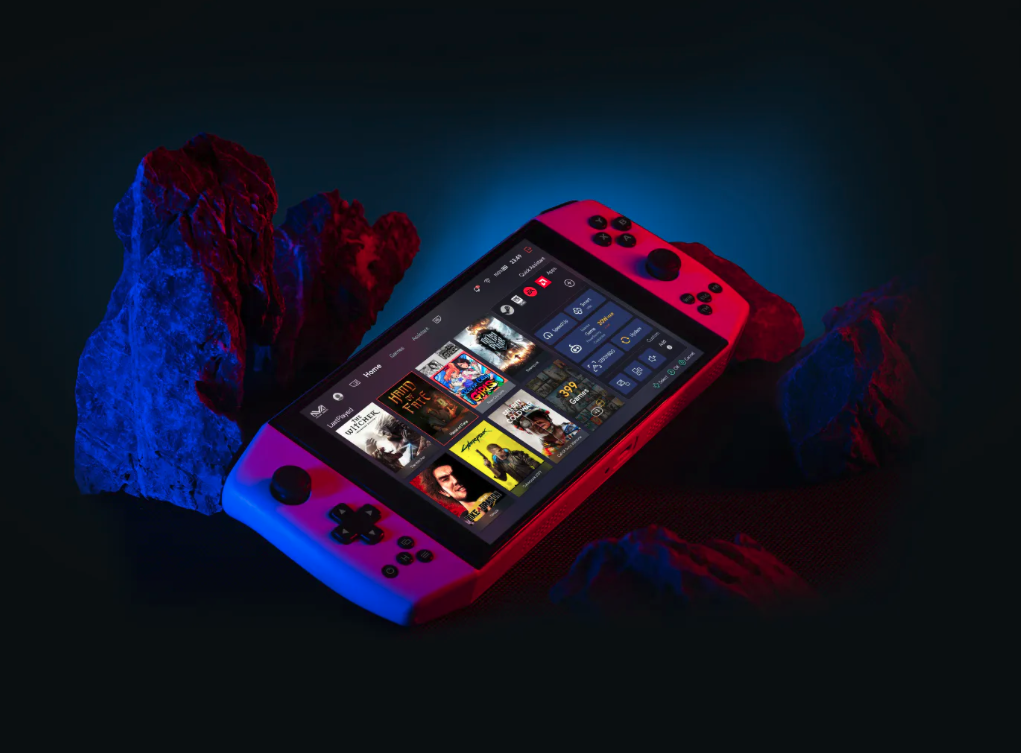The AYANEO 2s is the newest flagship handheld from AYANEO and the latest competitor to the Steam Deck and the ASUS ROG Ally. Read in our review why it's the current king of handhelds.
The AYANEO 2s is probably the most powerful handheld currently on the market — it is also my new favourite handheld. Let me explain!
The AYANEO 2s is AYANEOs latest flagship handheld and the successor to the AYANEO 2 from 2022. Yes, 2022. One of the issues with AYANEO is that they release a lot of handhelds — though that's a story for another day.
The AYANEO 2s was provided for free by AYANEO for this review and future reporting. No money has exchanged hands, nor had the company any influence on the outcome of this review.
If you look at both devices side by side, you'll have a hard time seeing any differences — because, cosmetically, there basically are none.
The AYANEO 2s has the same overall design as the AYANEO 2 and only has some slight tweaks here and there — for example, the right and left triggers are changed, and now they feel significantly better. The 2s is also, for the first time, available in black, a colour so far only reserved for AYANEO's Geek line – but keep in mind, this finish is something of a fingerprint magnet.

But this lack of any major changes is not a wholly bad thing. I always believed the AYANEO 2 to be one of the prettiest, highest-quality handhelds, and them not changing this winning look is a plus in my book.
So it is a gorgeous device. It has an entire glass front, completely hiding the bezels of the 7-inch screen — which is a portrait panel. The screen has a 1920x1200 pixels resolution, a 60-hertz refresh rate, and it uses an IPS panel. It's a great display, but the ASUS ROG Ally still has a higher refresh rate at 120hz.
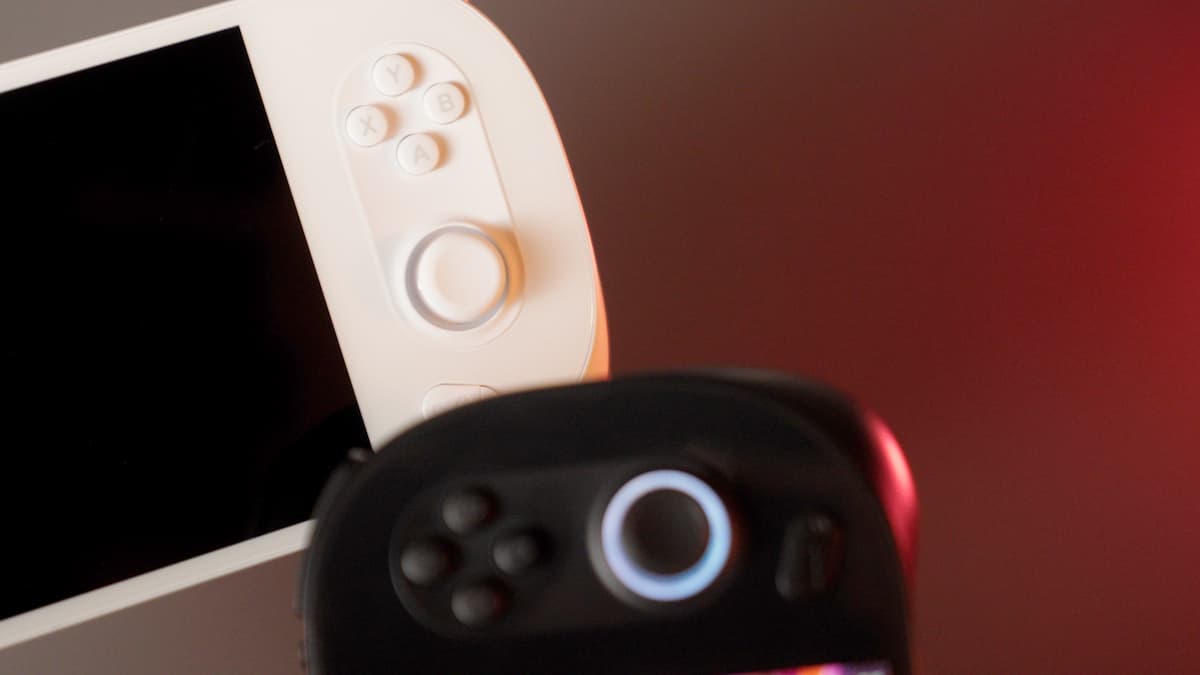
It has what I consider the best-looking button and sticks combo. They are surrounded by little plastic "islands", which remind me of the design of my all-time favourite handheld, the PS Vita.
They not only look great, but they work great too. The analogue sticks are hall-sensing sticks made by GuliKit, the de-facto producer of hall-sensing technology. The ABXY buttons have a satisfying click, and so does the D-Pad.
I'm unfortunately not the best fighting game player, so I can't say if the D-Pad can be considered the crème de la crème, but I don't think you'll have a problem pulling off any button combos with these buttons and D-Pad.
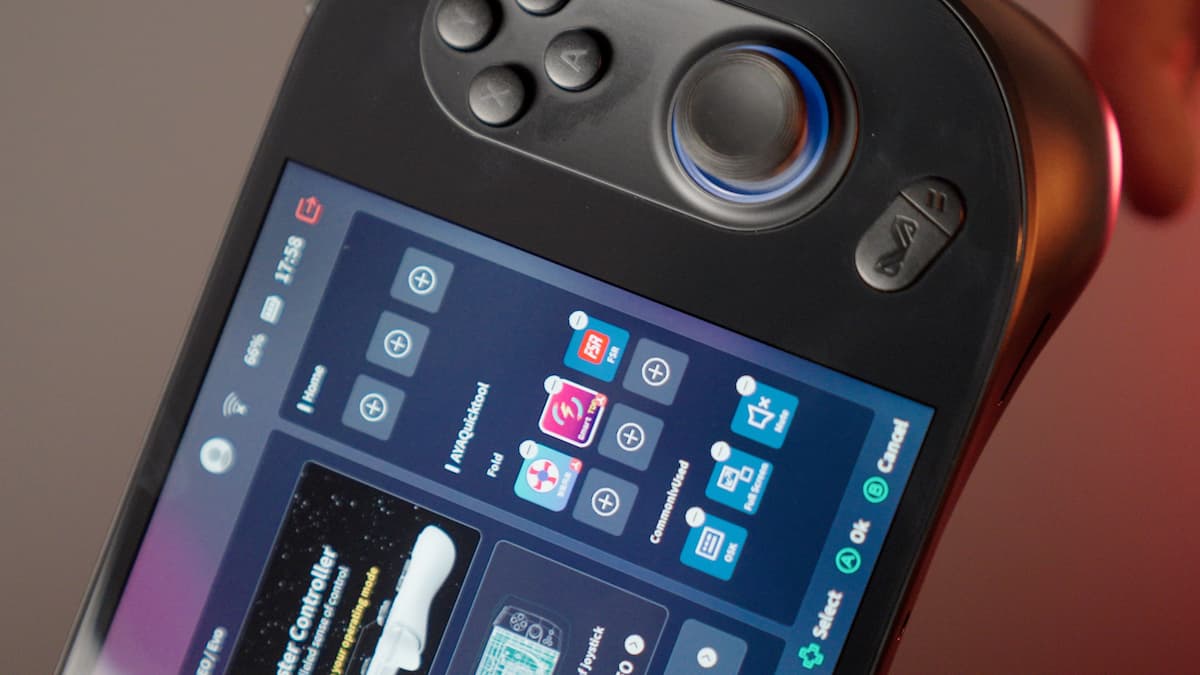
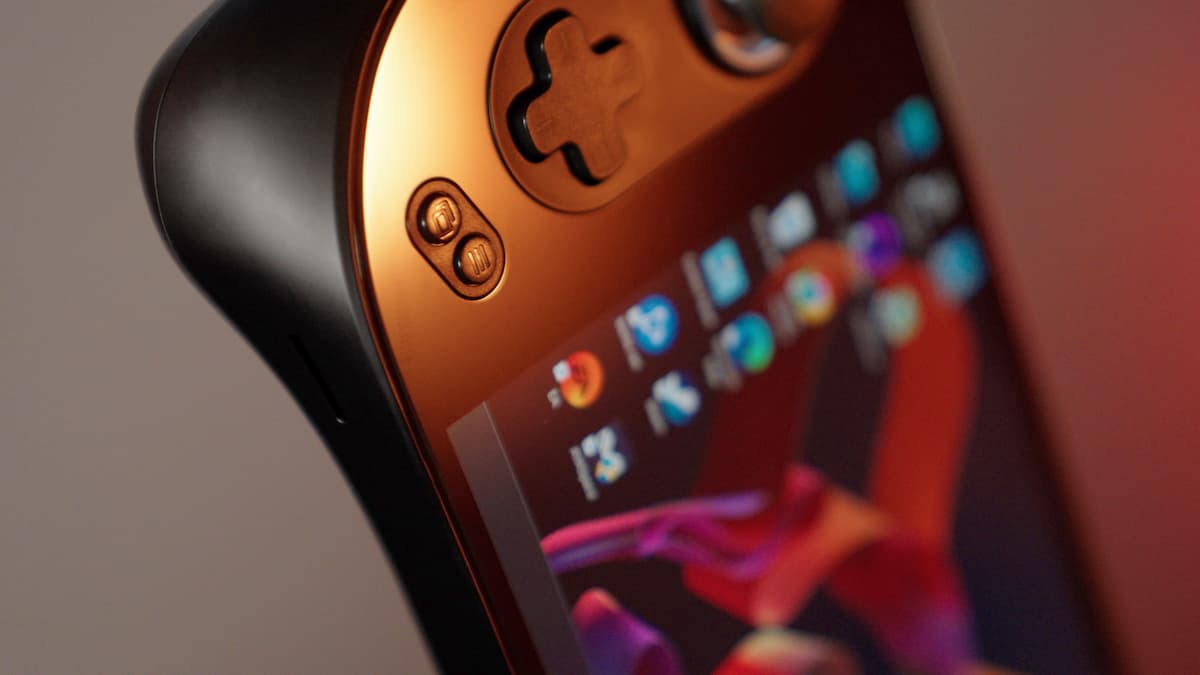
The AYANEO 2s also has four option buttons, of which two (found on the left) work as Start and Select buttons. As for the two on the right, the one with an AYANEO logo opens up the AYASpace launcher/settings hub (more about AYASpace later), and the button next to it opens the Windows desktop.
As for the triggers and buttons, they are fully functional too. As mentioned earlier, the triggers are updated compared to the ones found in the AYANEO 2. In the AYANEO 2, the plastic of the triggers hit the bottom of the case, which made for a cheap plastic noise on contact. Now there's a sort of cushion which makes this trigger much better. Also, the 2s has two additional buttons on top that function as macro keys in Windows 11. For example, the left one opens up the keyboard wherever you are — handy.

The 2s has three USB-C ports, two at the top and one at the bottom. This is what I think every handheld manufacturer should be doing. Please give us more than one port (looking at you, Valve and ASUS).
Though when it comes to the three ports, they are not created equal. Only the one on the top right and the one on the bottom deliver full charging capabilities. Both are also USB4 ports, so they support external GPU enclosures. The third top USB-C port is for data transfers only.
The 2s has a power button with an integrated fingerprint sensor, which I feel works better than the one found on the Ally. On the Ally, I get many more false prompts. On the 2s, I get basically none. The machine also has physical volume buttons and a thoughtful little flap for covering the microSD slot on the bottom.

On the back of the device is a massive cut-out for the fan inlet and a fan exhaust on the top (pictured above). The fan solution in the 2s differs from the one in AYANEO 2. For one, the exhaust has much larger holes. AYANEO created a three-copper tube solution here compared to the prior two-copper tube build.
What this means is that the 2s basically runs cooler and should theoretically make less fan noise. It is still, at times, a loud device, however. At max speed, the fans reach around 55 decibels of noise. They are not the loudest fans you'll ever encounter, but you can hear them. So it can't compete with the quieter two-fan solution of the ROG Ally in terms of both heat and noise.
But it can definitely compete in terms of raw power. That's thanks to the AMD 7840U, basically the XL version of the Z1 Extreme found in the ROG Ally. You'll hear this name a lot since it will be what all these other manufacturers, like GPD, AYN, Anbernic and so on, will likely use in their devices.

While the 7840U and the Z1 Extreme are similar, the 2s beats the ROG Ally. Setting both devices to 15 watts, the 2s outperforms the Ally on nearly all benchmarks. Though bear in mind the Ally has a higher refresh rate, so if you give these devices more power, games on the Ally might look better, while the 2s is limited by its screen at 60FPS.
By the way: On AYANEO's website, you will find a BIOS update and batch files (as soon as the 2s starts shipping) that help get more performance out of this. I had Cary, aka The Phawx, recommend I install that update because it will enhance the performance by a significant degree. Here's a guide by AYANEO on how to do that.
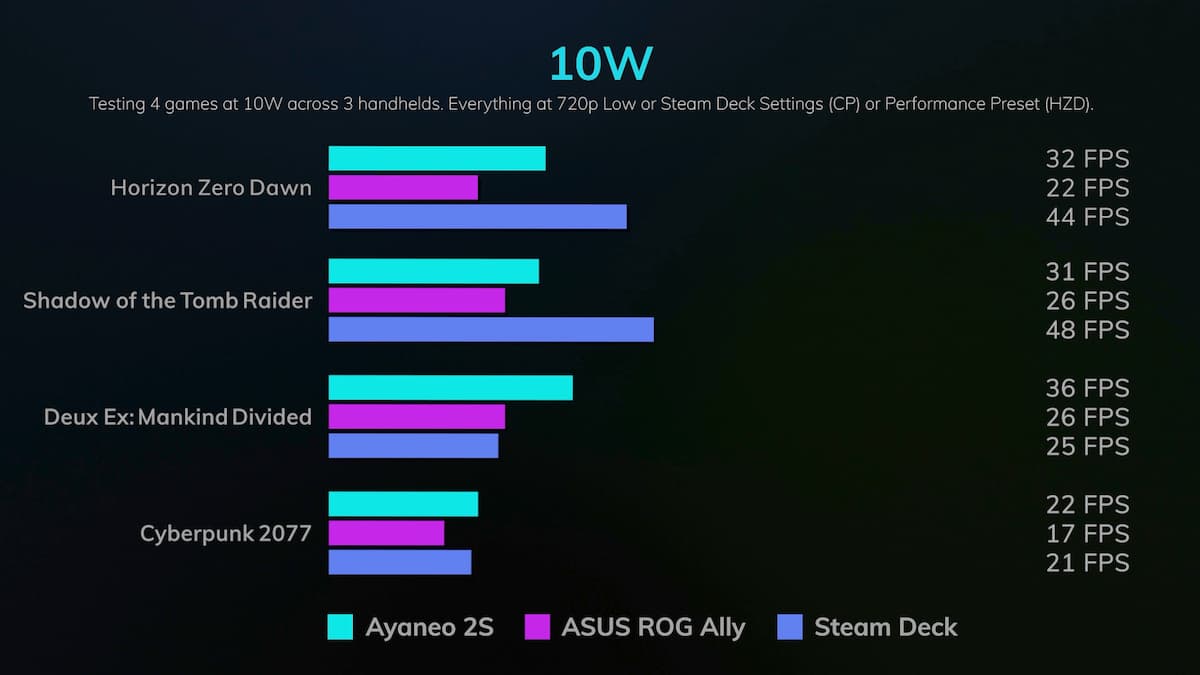
But back to the performance. The Steam Deck can't perform as well on these higher settings. Where the Steam Deck shines is at everything below that 15 Watts mark. And the lower you go, the better the Steam Deck will fair. It will consistently outperform these devices on lower wattages.
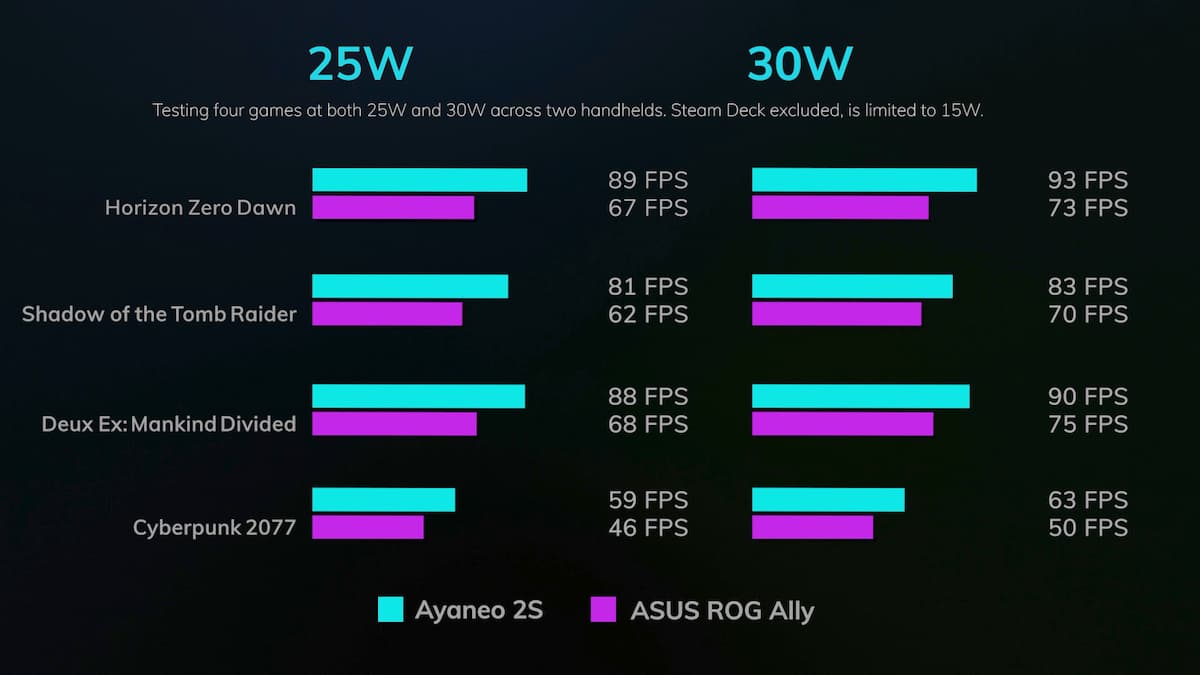
But setting the TDP higher and beyond what the Steam Deck can do, is where the AYANEO 2s performs better. At 30W Full Turbo mode, the AYANEO 2s even outperforms the ROG Ally — to even reach this mode, the Ally has to be hooked to power. The AYANEO 2s can do this while running on battery and can go up to 33W. Though not for long since it'll empty that battery in no time.
This is one of my critical points, but it counts for all of these devices. If you care about battery life, all these handhelds will be empty before you potentially reach your next checkpoint in a game. I get around 55 minutes of battery life out of the AYANEO at max power. At 15W, I can go a little over two hours. That is in a similar ballpark to the Steam Deck, though the 2S has a 25% larger battery. As mentioned, the Steam Deck performs better on lower wattages anyway, bringing better battery life. However, the 2s lasts longer than its predecessor.

But like I said in my Ally review, I generally don't care about battery life. I have outlets everywhere, a battery pack for on-the-go, and the AYANEO comes with probably the best charger I've seen so far with any electronic product I've bought. It's small, delivers 100W through its four different ports, 2 USB-C, 2 USB-A, and I was genuinely surprised by how good this is. This now lives permanently beside my couch and saves me a few plugs.
But as you know, I'm not only about benchmarks and raw numbers. When I test a device, the question I ultimately try to answer is, how does it feel to use a device? To live with it?
So how does it feel for the AYANEO 2s? It's great.
Which is why, right now, it's my favourite device. Compared to the Steam Deck or the ROG Ally, it just feels premium. It has a premium price tag to match: $999 for the 512GB storage and 16GB memory version, but it doesn't feel outrageous. However, there is a cheaper Geek 1s, which has the same power as the 2s, but a lower-specced screen at 800p. It might actually be the one most people should look at since it's the closest in price to the Steam Deck.
But the 2s is expensive for a reason. The materials, the experience, what it feels like using it… some of you might not like this comparison, but it feels like the Apple of handhelds. High quality, maybe a bit expensive at times, but the overall package is top-notch — and as a former Apple blogger, you can probably guess what I think about the company from Cupertino.
Also, the 2s runs Windows 11, which means it runs native Game Pass. It can run all the games from all the launchers without having to do weird dances via Proton — as much as I like Proton on the Steam Deck, it sometimes needs a bit too much work to get a game up and running, especially if it's not a Steam game.
Though, I don't like AYASpace — the devices quick settings hub. It doesn't run at native resolution, has weird translation issues, and sometimes no translations at all, and while it does its job to change wattages, fan speeds, and all that stuff on the fly, I don't enjoy using it. I hope AYASpace 2 is around the corner and fixes most of my gripes here.
So, can I recommend the AYANEO 2s? Well, kind of. It's probably the best handheld PC, with the most complete package you can get right now. But it comes at a price.
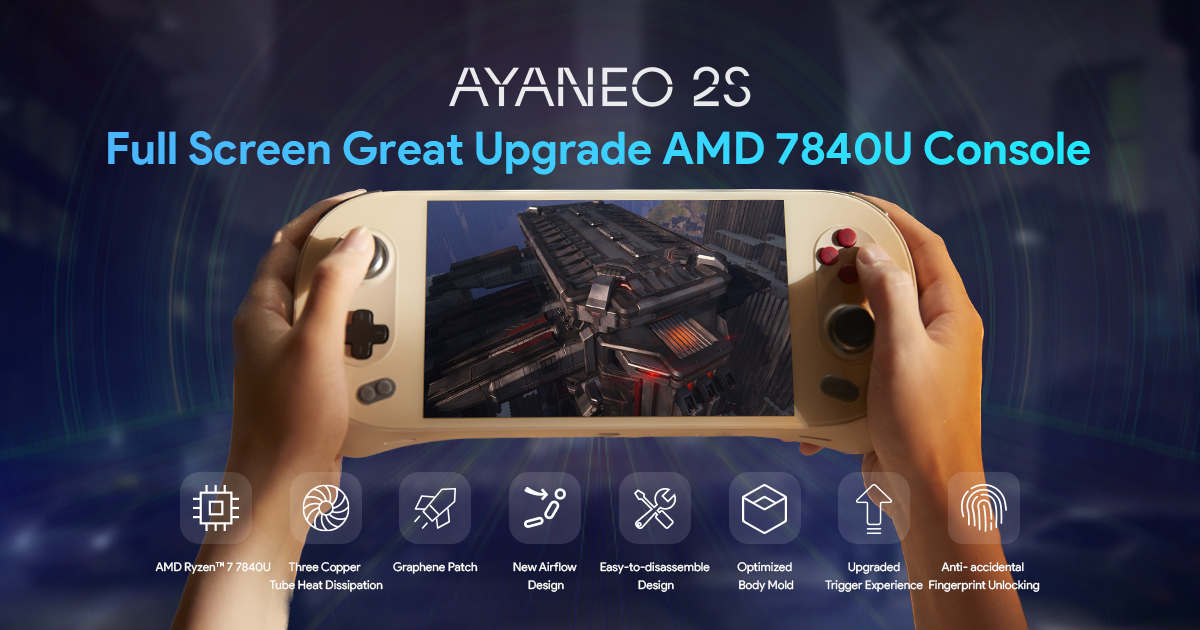
As a result of its steeper price tag, it is not for everyone. I think the AYANEO 2s is for that type of user who, when building a PC, would pay extra to get a nicer case, pay extra for the TI version of a GPU for a few more FPS, and pay extra for RAM sticks that match their motherboard. You know who you are, so if you are into handhelds, too, this is for you.
To be frank. I'm literally that guy! This website is called overkill for a reason. So the AYANEO 2s is definitely a good fit for me.
In fact, I moved my main microSD card from the Steam Deck to the 2s. This is my new daily device!
You can buy the AYANEO 2s or the Geek 1s on Indiegogo.
Related reads:
